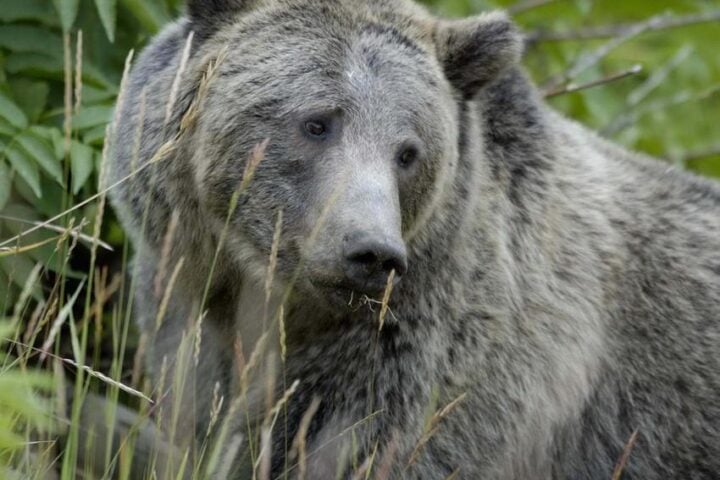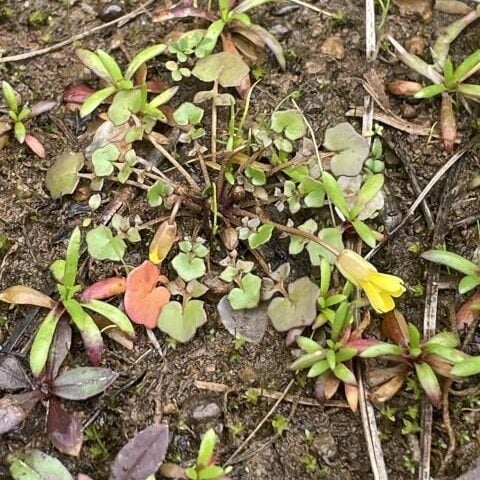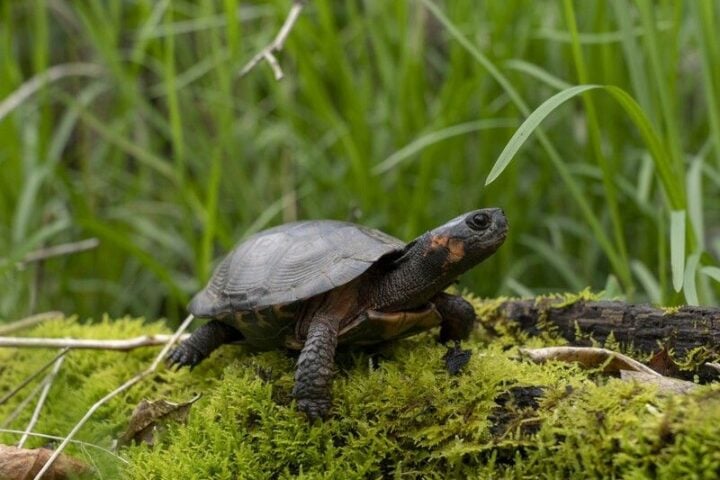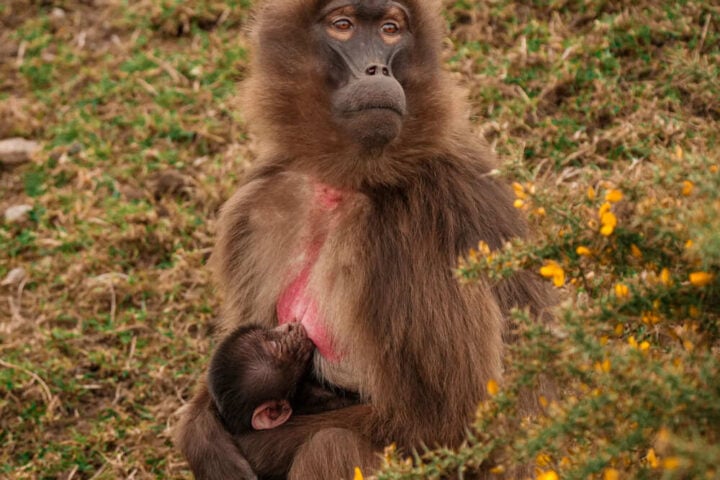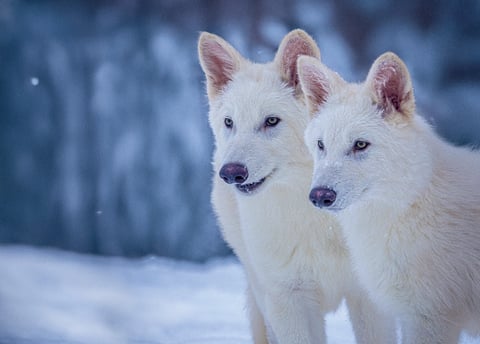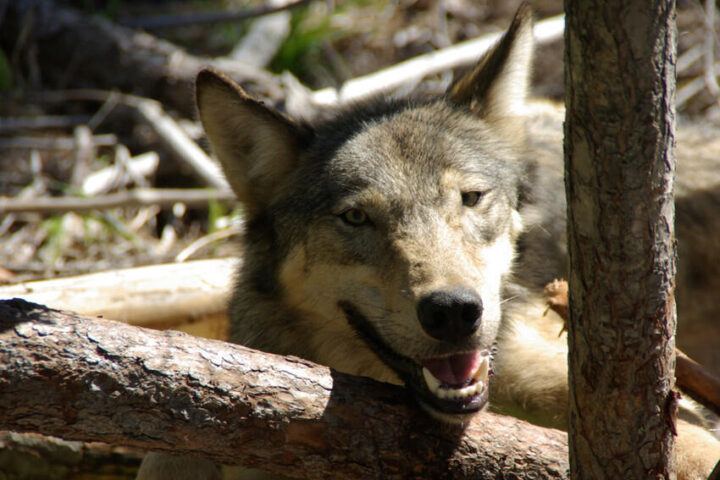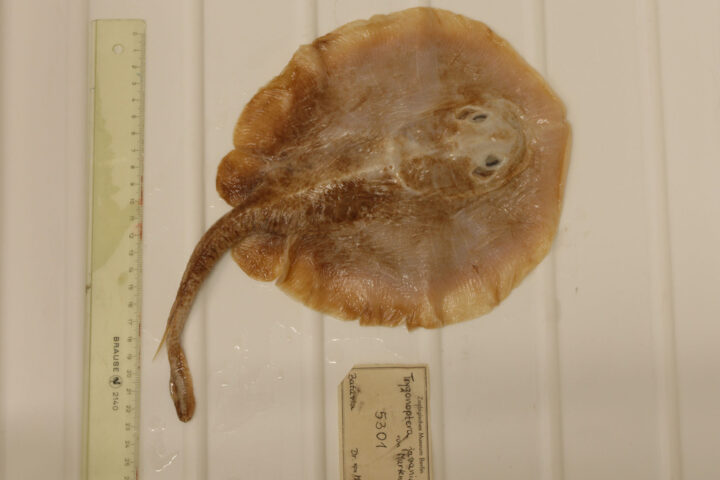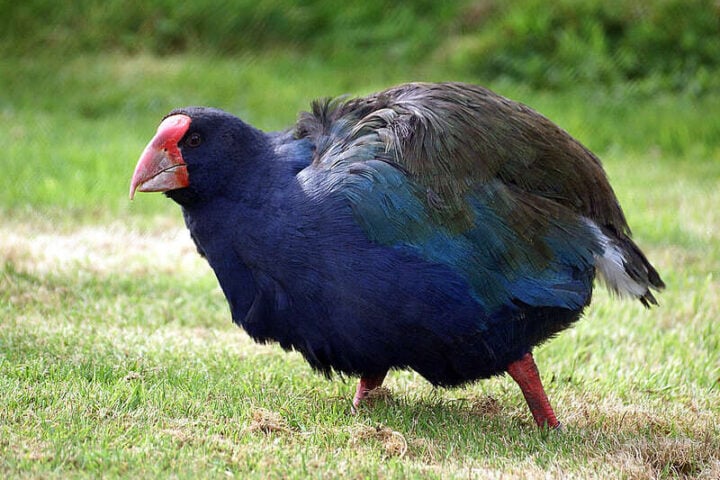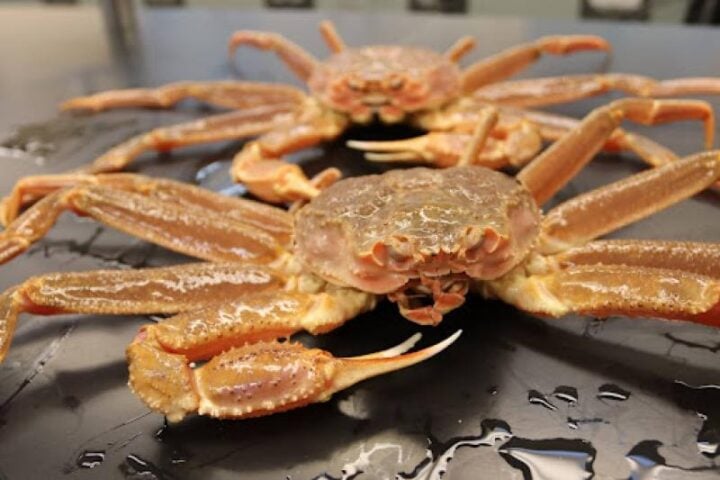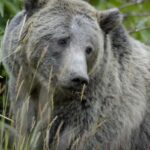A new calf has been spotted swimming alongside its mother in the critically endangered Southern Resident Killer Whale population. The newborn, designated J63, was seen near Victoria Harbour on Sunday, April 6, 2025.
“We remain cautiously optimistic about J63’s survival and will conduct follow-up observations of the calf’s behavior and physical condition in the coming days and months, as opportunities allow,” the Center for Whale Research (CWR) said in a Facebook post on Tuesday.
This birth marks the fourth calf born into the Southern Resident community in the past 12 months, offering what researchers call “a sign of hope” for this struggling population.
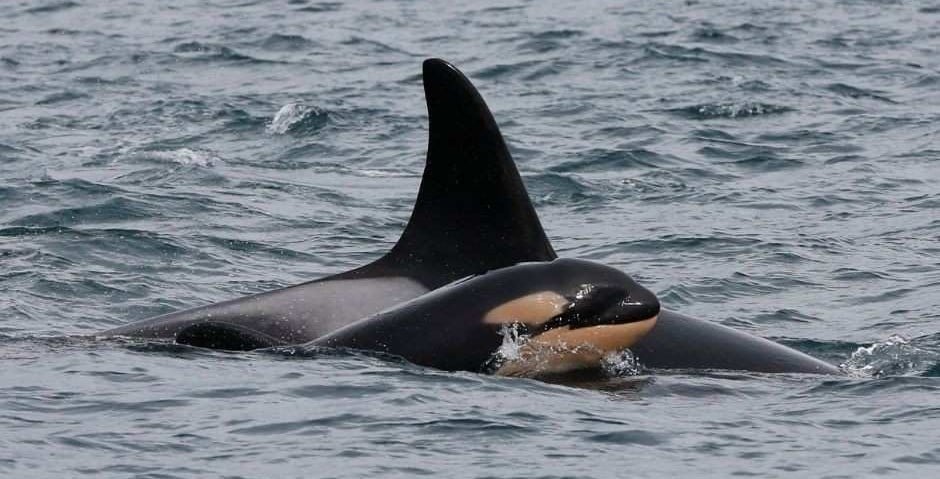
A First-Time Mother
The mother is J40, also known as Suttles, a 20-year-old female from the J14 matriline. This appears to be her first calf, which adds both significance and uncertainty to the birth.
Mark Malleson, a field biologist with the Center for Whale Research, first observed and documented the newborn as J-pod swam past Victoria Harbour in the Salish Sea.
While initial observations showed no immediate concerns for the calf’s health, researchers emphasize that the first year of life is challenging for young whales, especially those born to first-time mothers.
Similar Posts
Critical Population Numbers
The Southern Resident population currently stands at 74 individuals across J, K, and L pods. These killer whales are classified as endangered under both U.S. and Canadian laws, with their numbers dropping from a peak of 98 in 1995.
Every successful birth is vital for this population’s survival and recovery. The four new calves born within the past year represent a significant boost, though their long-term survival remains uncertain.
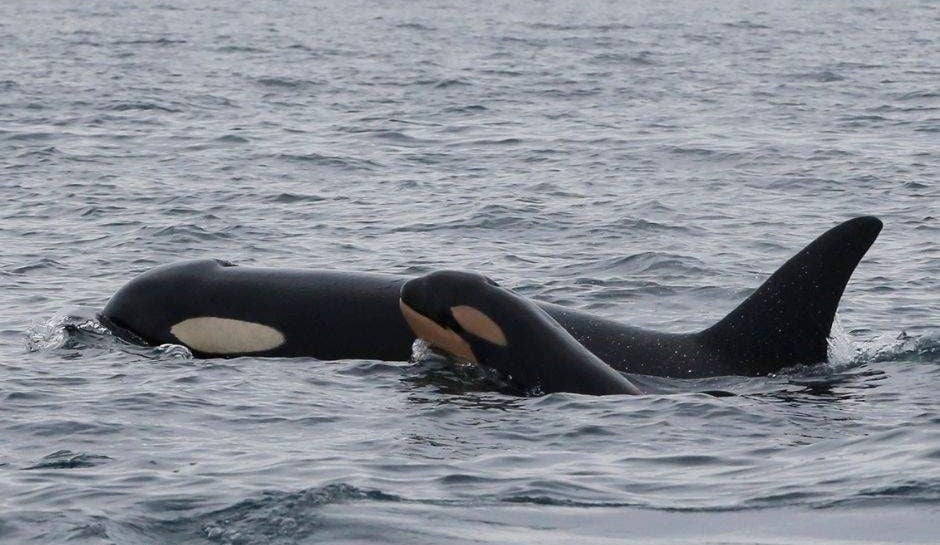
Recent Losses
The birth news comes less than two months after researchers spotted another newborn in February, which closely followed the death of another calf.
Earlier this year, J35 (also known as Tahlequah) lost a calf she had started carrying on January 1. Researchers noted she was no longer carrying the body of her dead calf as of February.
Tahlequah previously made headlines worldwide in 2018 when she carried her deceased calf for 17 days in what appeared to be a display of grief. She has now lost two of her four documented calves.
Major Threats to Survival
Several key factors threaten the survival of these orcas:
- Food scarcity: Southern Residents rely heavily on Chinook salmon as their main food source. Dams, habitat destruction, overfishing, and climate change have significantly reduced salmon populations.
- Noise pollution: The Salish Sea is a busy waterway. Noise from vessels disrupts the orcas’ ability to use echolocation to find food and communicate with each other.
- Environmental contaminants: Pollutants accumulate in orca blubber through the food chain, harming their immune and reproductive systems.
Research has shown that Southern Resident Killer Whales face high pregnancy failure rates due to nutritional stress and other factors.
Conservation Efforts
Despite determining that the Southern Residents face “imminent threats” to their survival, the Canadian government recently opted not to issue an emergency order to protect these whales.
Instead, the Fisheries Department stated last month that “incremental measures will be pursued” using existing legislative tools and non-regulatory measures.
Conservation groups including the David Suzuki Foundation, Raincoast Conservation Foundation, and World Wildlife Fund Canada have criticized this decision, saying existing measures have “proven inadequate” to protect the whales.
Current protection measures include designated critical habitat areas, vessel regulations, and ongoing salmon restoration efforts.
The Social Structure
Southern Resident Killer Whales live in stable, matrilineal family groups. Offspring of both sexes remain with their mothers for their entire lives, and knowledge essential for survival passes down through these family lines.
This strong social structure means that the loss of a reproductive female or a matriarch can significantly impact the entire pod.
For now, researchers will continue to monitor J63 and its mother, hoping this new addition will beat the odds and contribute to the future of this endangered population.
Frequently Asked Questions
This birth is significant because it adds to the critically endangered Southern Resident Killer Whale population, which currently stands at just 74 individuals. J63 is the fourth calf born in the past 12 months, offering a rare positive development for a population that has been declining since the 1990s. Every successful birth is crucial for the potential recovery of this endangered group.
Researchers identify individual orcas by their unique physical characteristics, particularly their dorsal fins and saddle patches (the gray area behind the dorsal fin). Each whale is given an alphanumeric designation – in this case, J63 indicates it’s the 63rd documented whale in J pod. Organizations like the Center for Whale Research maintain detailed catalogs of each individual, tracking their lineage, behaviors, and health throughout their lives.
Southern Resident Killer Whales face three major threats: 1) Food scarcity, particularly of their preferred prey, Chinook salmon, whose populations have declined due to dams, habitat destruction, overfishing, and climate change; 2) Vessel noise, which disrupts their ability to hunt and communicate using echolocation; and 3) Environmental contaminants that accumulate in their blubber and harm their immune and reproductive systems.
The first year of life is challenging for orca calves, with relatively high mortality rates. Researchers are “cautiously optimistic” about J63’s survival, but note additional concerns since this appears to be the first calf for mother J40. The calf’s survival will depend on factors including food availability, environmental conditions, the mother’s experience, and the pod’s support. Researchers will closely monitor the calf’s health and development in the coming months.
Current protection measures include designated critical habitat areas where certain activities are restricted, vessel regulations to reduce noise and disturbance, and salmon restoration efforts. However, conservation groups argue these measures have been insufficient, as evidenced by the population’s continued struggles. The Canadian government recently opted not to issue an emergency protection order despite acknowledging “imminent threats” to the orcas’ survival, stating they would instead pursue “incremental measures.”
Southern Resident Killer Whales live in stable, matrilineal family groups called pods (J, K, and L pods). Unlike many mammals, offspring of both sexes remain with their mothers for their entire lives. Knowledge essential for survival, including hunting techniques and migration routes, passes down through generations. This strong social structure means the loss of a reproductive female or matriarch can significantly impact the entire pod, making each individual whale critically important to the population.
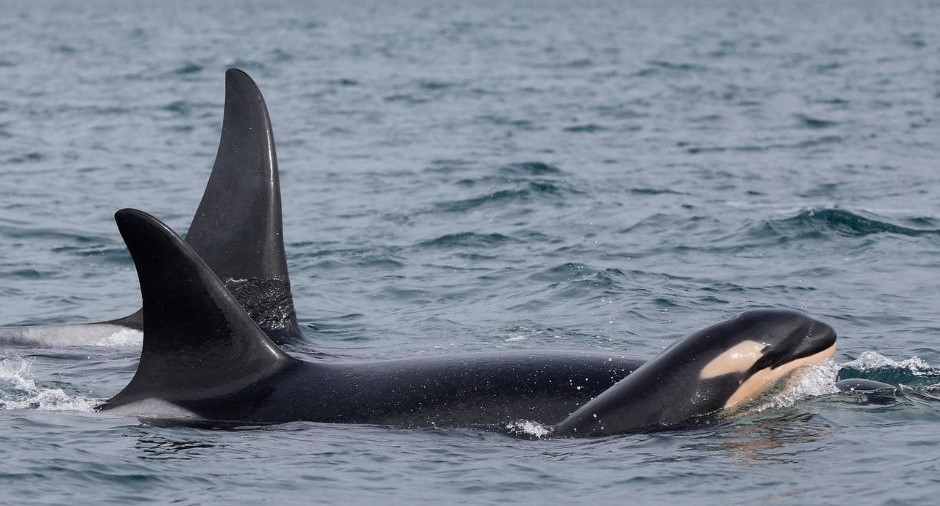

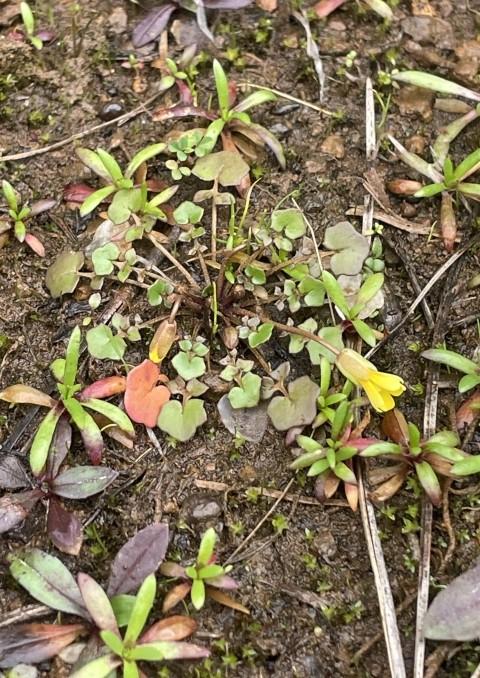
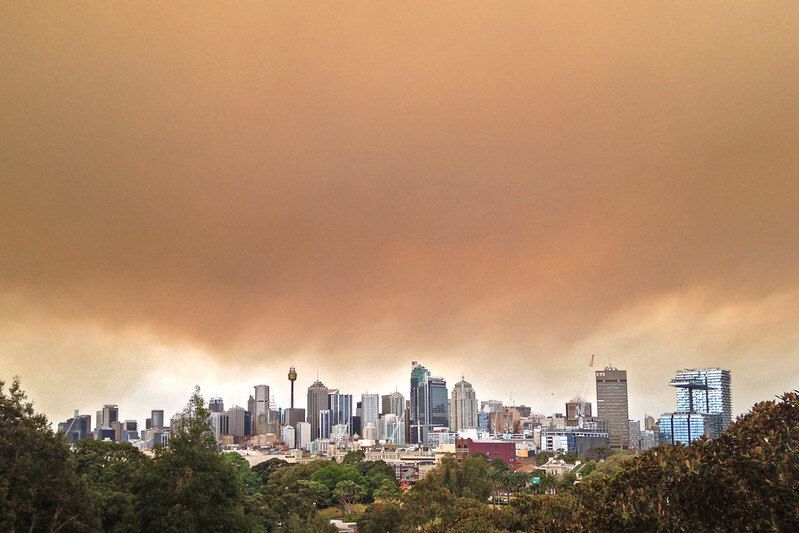
![Representative Image: European Starling [49/366]. Photo Source: Tim Sackton (CC BY-SA 2.0)](https://www.karmactive.com/wp-content/uploads/2025/04/Starlings-Drop-82-in-UK-Gardens-as-Birdwatch-2025-Reveals-Record-Low-Count-Since-1979-720x480.jpg)
